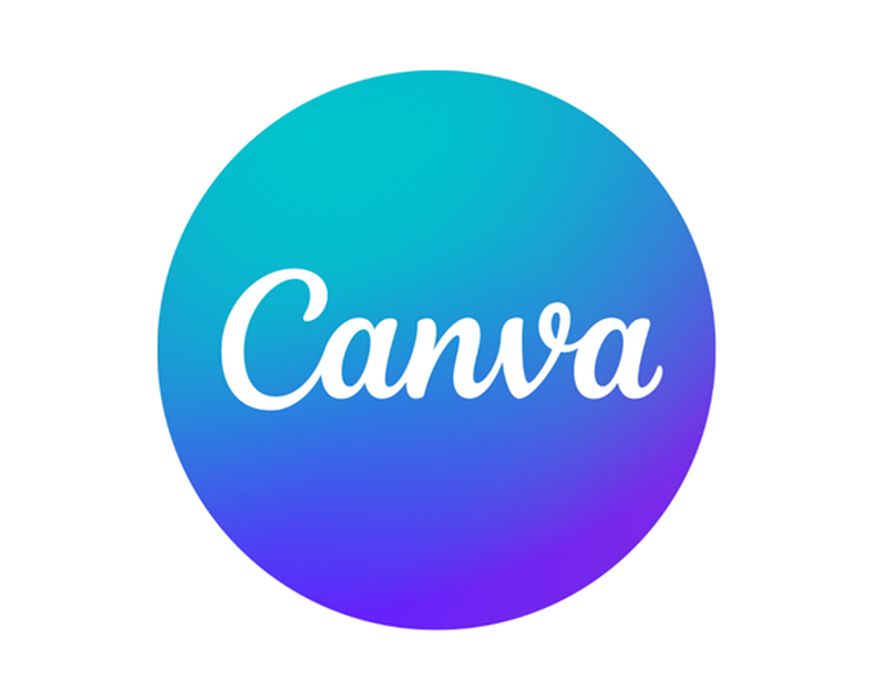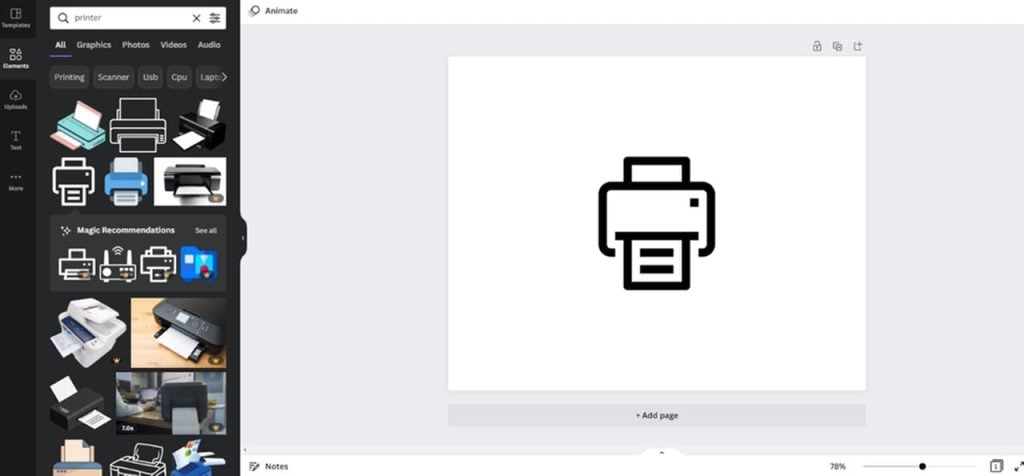
Charles R. Goulding and Valentina Alzate look at how Canva could relate to 3D printing.
Online design tools have become an important part of several industries, including the 3D printing industry. These platforms allow for the design of assets which will eventually be prepared for 3D printing. An important player in the online design software market is Canva. This company could become a key part of the 3D printing industry.
What is Canva?
Canva was founded in 2012 by Melanie Perkins, Cliff Obrecht, and Cameron Adams. According to Smartcompany.com, in 2021 the company was valued at US$40B. While currently valued at approximately US26B, the company is steadily growing to be a design software leader due to its constantly updated and expansive design tools and content. In 2021, the company brought in revenues of approximately US$1B.
Canva is an online tool that enables users to design various assets. This software tool offers templates, graphics, as well as several other design features which facilitate the design process. The types of assets normally designed within Canva include postcards, birthday cards, logos, menus, social media posts, etc. One of the reasons for Canva’s high popularity involves its flexibility and accessibility for individuals and teams. The company offers three pricing tiers which enable a variety of users to afford and make use of their tools.
Canva’s Application to 3D Printing

While not frequently mentioned or explored, Canva’s content and asset design tools can be leveraged within the 3D printing space. Thanks to Canva’s flexible design tools and the ability to download designs as transparent PNG files, designers can add online graphics or use Canva-offered content to transform images into SVG vector files. Outlined below is a process described by Sabrina’s Workshop, a YouTube account that offers several tutorials on design projects.
The process involves adding an image, found either directly from Canva’s library or any image library, into a blank canvas within Canva’s design editor. Within this editor, the user can then make any modifications to the original 2D asset. The next step is to make use of Canva’s transparent background feature which ensures that the asset only includes the content the user wants to print. The next step is to download this design as a PNG image. This PNG picture can then be converted to an SVG vector file using any of the available online PNG to SVG conversion tools. This SVG file can then be imported into a 3D modeling tool, where the user can modify the design and download it as an OBJ file. The resulting OBJ file can then be loaded into the user’s 3D printing software and printed according to the desired configurations.
Future Possibilities
Canva is a competitor to the Figma platform, a leading online design software company that is regularly leveraged for asset and wireframe design. Given the recent definitive merger agreement entered by Adobe to acquire Figma “for approximately US$20B in cash and stock,” it is possible to see a future in which Canva’s design tools will be combined with a powerful 3D design suite. Like Figma, Canva’s platform could help to facilitate the 3D printing process by introducing new layers and capabilities to an existing creative design suite, like Adobe’s.
The Research & Development Tax Credit
The now permanent Research and Development (R&D) Tax Credit is available for companies developing new or improved products, processes and/or software.
3D printing can help boost a company’s R&D Tax Credits. Wages for technical employees creating, testing and revising 3D printed prototypes can be included as a percentage of eligible time spent for the R&D Tax Credit. Similarly, when used as a method of improving a process, time spent integrating 3D printing hardware and software counts as an eligible activity. Lastly, when used for modeling and preproduction, the costs of filaments consumed during the development process may also be recovered.
Whether it is used for creating and testing prototypes or for final production, 3D printing is a great indicator that R&D Credit eligible activities are taking place. Companies implementing this technology at any point should consider taking advantage of R&D Tax Credits.
Conclusion
Canva offers several functionalities which could be useful within the 3D printing asset design process. While these avenues have been virtually unexplored, the application of Canva tools within the 3D printing industry could become a greater topic later on.
